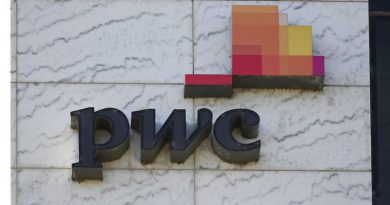UK Inflation At 40-Year High
UK inflation jumped in April to surpass previous records, largely on food and fuel prices, signaling the high cost of living that is set to squeeze household incomes, and validating expectations for further tightening from the Bank of England this year.
Inflation accelerated sharply to 9.0 percent in April from 7.0 percent in March, the Office for National Statistics said Wednesday. Economists had forecast inflation to climb to 9.1 percent.
Inflation hit the highest since the historical series began in January 1989 and would last have been higher “sometime around 1982”, the ONS said.
At the May monetary policy meeting, the Bank of England had forecast inflation to rise to around 9 percent in April, and to increase further in subsequent months, averaging slightly over 10 percent at its peak in the fourth quarter.
The central bank had raised the benchmark rate by a quarter-point to a 13-year high in May to bring inflation back to the 2 percent target.
Inflation will fall back after peaking at 10.0 percent in October, as the boost from global factors unwinds, Paul Dales at Capital Economics said.
But the tight labor market and high wage growth suggests that domestic price pressures will remain strong, the economist added.
The interest rates will need to rise by 200 basis points to 3.00 percent to get inflation back to the 2 percent target, Dales said.
On a monthly basis, consumer prices gained 2.5 percent, faster than the 1.1 percent increase in March, ONS data showed. Prices were forecast to rise 2.6 percent.
Excluding energy, food, alcoholic beverages and tobacco, core inflation advanced to 6.2 percent, as expected, from 5.7 percent.
Separately, the ONS said factory-gate inflation in April reached its highest level since mid-2008. The headline rate of output prices showed an annual increase of 14.0 percent versus 11.9 percent in March. The rate also exceeded economists’ forecast of 12.5 percent.
Output prices, on a monthly comparison, grew 2.3 percent, following a 1.9 percent rise in March. This was the highest the monthly rate has been since May 2008, ONS said. Economists had forecast monthly price growth to ease to 1.0 percent.
Further, data showed that input price inflation held steady at 18.6 percent in April, the highest since records began.
Month-on-month, input price inflation eased to 1.1 percent from 4.6 percent. This was the first time the monthly rate has slowed since December 2021.
Data showed that food products, and metals and non-metallic minerals provided the largest upward contributions to the annual rates of output and input inflation, respectively.
Another ONS report showed that UK house price growth slowed to 9.8 percent in March from 11.3 percent in February. The average house price was GBP 278,000.
London continued to be the region with the lowest annual growth at 4.8 percent.
Source: Read Full Article


